Top Things to Know Before Buying Indoor Plants: A Guide to Green Thumb Success
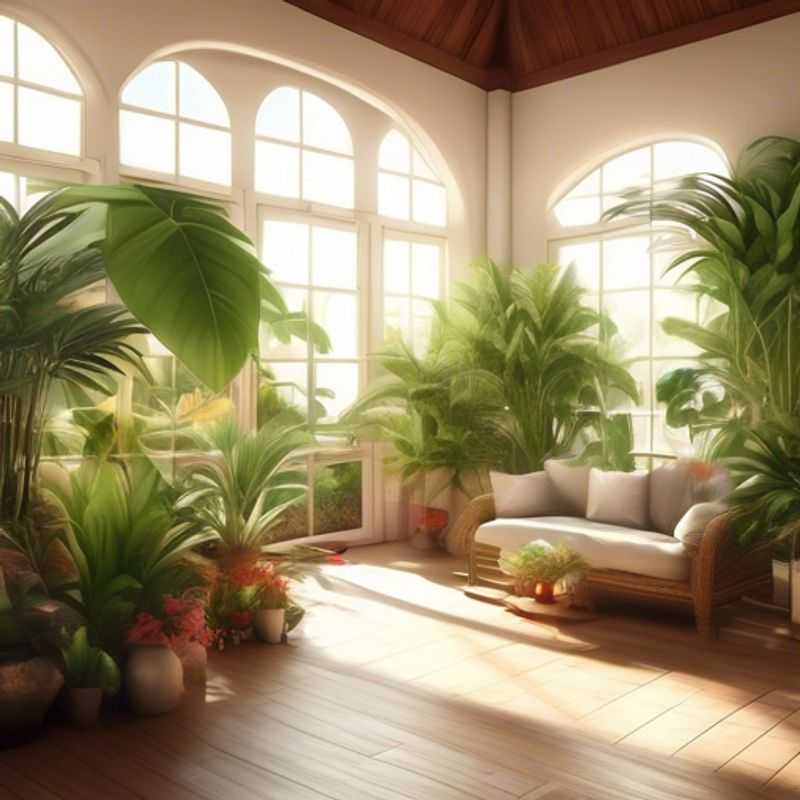
Navigating the Green Oasis: Top Things to Know Before Bringing Indoor Plants Home
Bringing the outdoors in is a fantastic way to enhance your home's ambiance, but choosing the right indoor plants requires careful consideration. Here are some key aspects to explore before bringing a new plant home:
Understand the light requirements for the specific plant species.
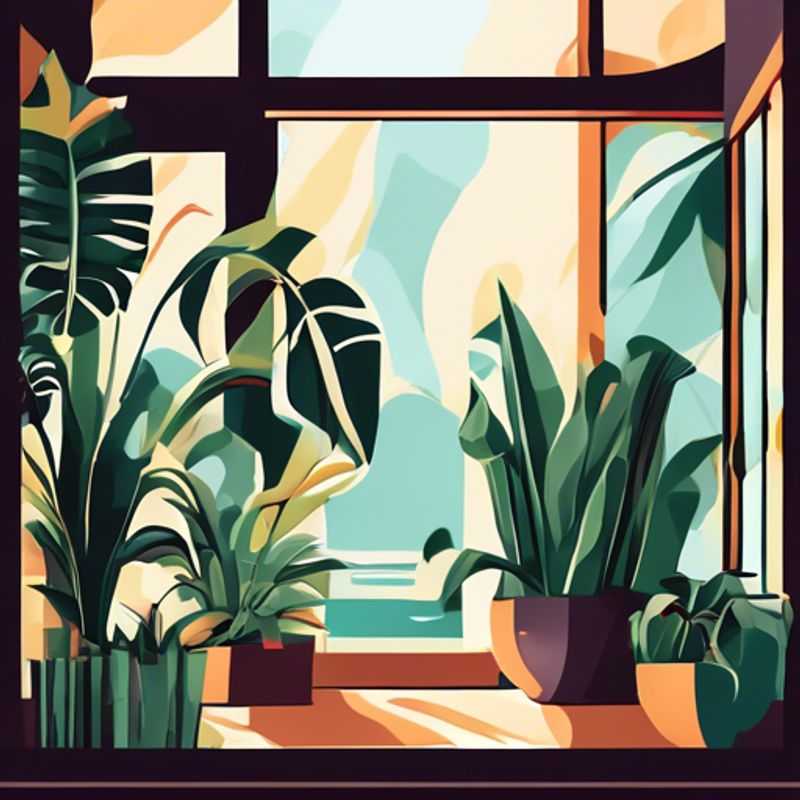
Unlocking the Secrets of Light: Understanding Plant-Specific Needs
Understanding a plant's light requirements is crucial for successful gardening. Plants need light for photosynthesis, the process by which they convert sunlight into energy. Different species have varying light needs, influencing their growth and health.
Light intensity refers to the strength or amount of light a plant receives. Plants are categorized into three main groups:
Full Sun: These plants thrive in direct sunlight for at least six hours daily, typically with a minimum of four hours. Examples include tomatoes, sunflowers, and zinnias.
Partial Sun: These plants prefer a mix of sun and shade, receiving four to six hours of sunlight each day. Examples include hostas, ferns, and hydrangeas.
Shade: These plants flourish in shady areas, receiving less than four hours of direct sunlight each day. Examples include impatiens, ferns, and begonias.
Additionally, plants require different light duration, or the number of hours of light they need daily for optimal growth. Most plants require a minimum of 12 hours of daylight during the growing season. Some plants are "short-day" plants, requiring fewer hours of light, while others are "long-day" plants needing longer durations.
To ensure proper light exposure, it is important to consider the following:
Location: Observe the amount of sunlight your garden receives throughout the day.
Plant Placement: Choose locations that suit the specific light requirements of your plants.
Seasonal Changes: Consider the changes in sunlight duration throughout the year.
Artificial Light: For indoor plants or plants needing supplemental light, consider using grow lights.
By understanding a plant's light requirements, you can create a thriving garden, promoting healthy growth and beautiful blooms.
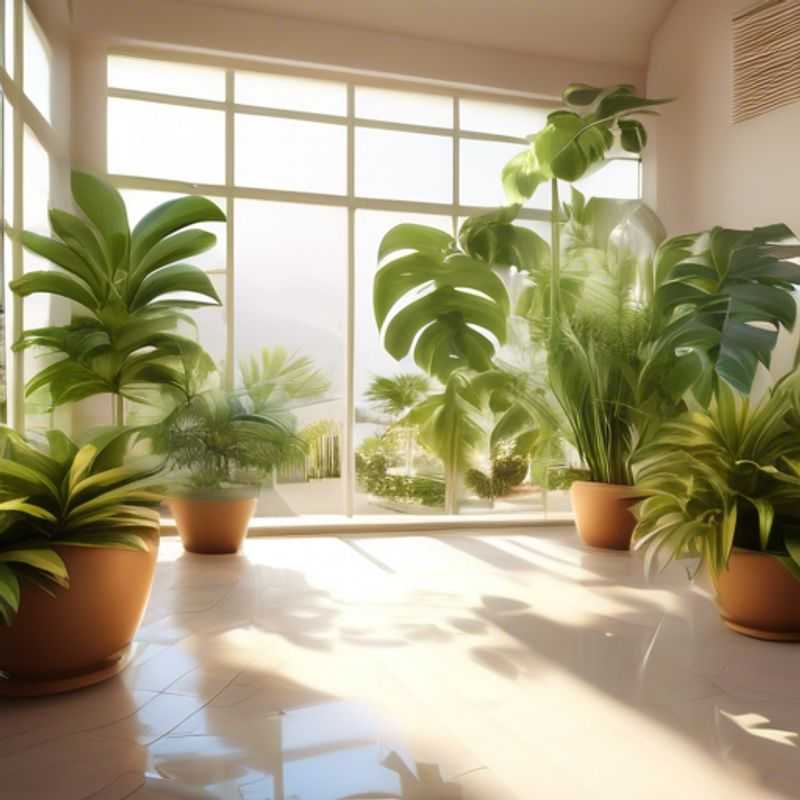
Unlocking the Secrets to Thriving Indoor Plants: A Guide to Soil and Watering
The success of indoor plants hinges on understanding their specific needs. Let's delve into two crucial factors: soil and watering.
Soil serves as the foundation for your plant's growth. It provides essential nutrients and aids in drainage. Choosing the right soil blend is key. Look for a well-draining mix that's appropriate for your specific plant type. You might consider a general-purpose potting mix or a specialized one based on your plant's requirements. Don't hesitate to consult a local gardening expert or online resources for recommendations.
Watering is an art. Overwatering is a common pitfall, leading to root rot. Instead, aim for a "damp but not wet" soil condition. Check the soil moisture by sticking your finger about an inch deep. If it feels dry, water thoroughly until excess water drains from the pot's drainage holes. The frequency of watering will depend on the plant species, pot size, and environmental factors such as temperature and humidity.
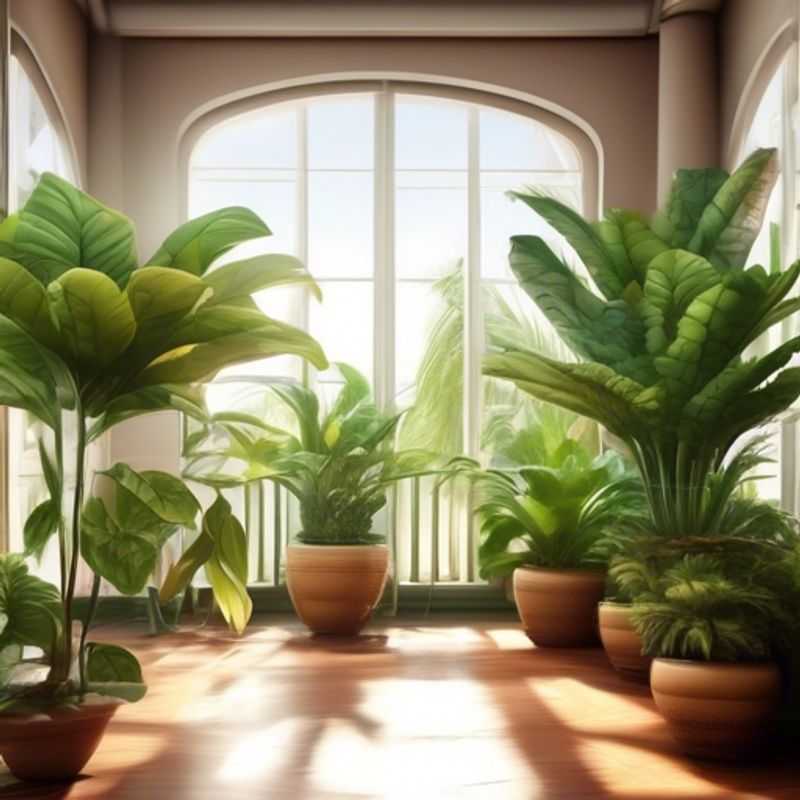
Choosing the Right Plant: Size Matters (and So Does Your Space)
When bringing a new plant home, it's important to consider its size and the space you have available. Think of it like a puzzle, making sure the plant's growth potential fits within your home's layout. You wouldn't want a towering cactus to outgrow your living room, right?
Start by measuring the space you have in mind for the plant. Consider not only the height and width of the pot but also the room it needs to grow. Remember, plants can change size over time, so choose a spot that will accommodate its future growth. This helps prevent overcrowding and ensures your plant thrives in its new environment.
Don't forget to factor in the plant's natural growth habits. Some plants, like vines, grow vertically, while others spread out horizontally. This information can help you choose a spot that's suitable for its growth pattern. For example, a cascading plant might look amazing hanging from a shelf, while a large, spreading plant needs ample floor space.
By carefully considering both the size of the plant and the space available, you can create a happy home for your new green friend, ensuring it thrives and brings you joy for years to come.
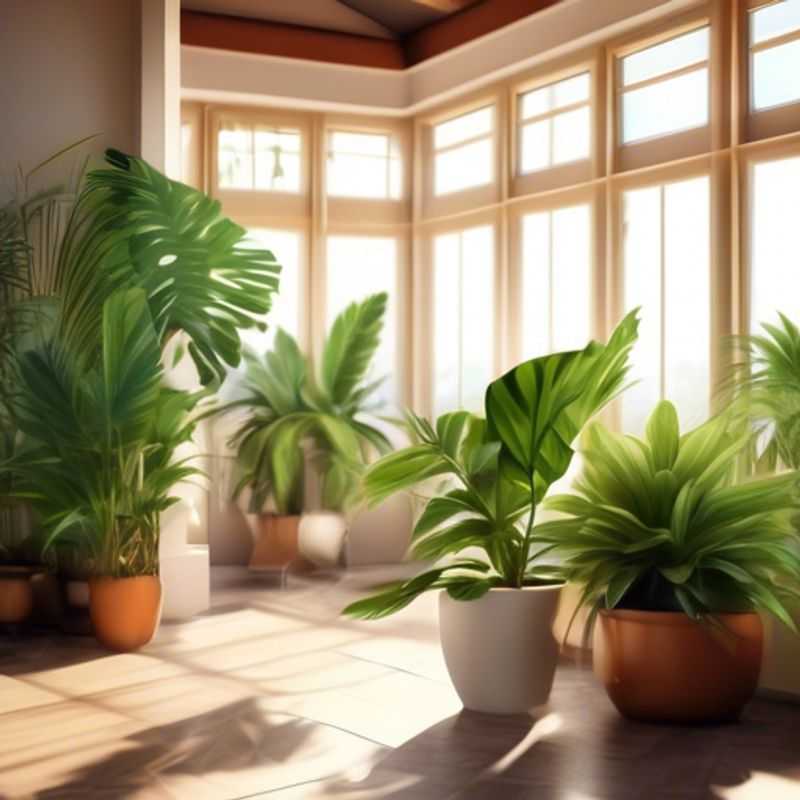
Plant Safety: Protecting Pets and Children from Toxicity
It's important to be aware of the potential toxicity of plants, especially if you have pets or children. While many plants are harmless, some can cause illness or even be fatal if ingested.
Always err on the side of caution and contact your veterinarian or poison control center immediately if you suspect your pet or child has ingested a toxic plant.
Here's a quick guide on how to learn about the potential toxicity of plants for pets and children:
1. Identify the plant: If you know the name of the plant, you can easily find information online about its toxicity. Websites like the ASPCA's Animal Poison Control Center and the National Capital Poison Center provide comprehensive databases of toxic plants.
2. Look for signs of toxicity: If you suspect your pet or child has ingested a plant, watch for any symptoms like vomiting, diarrhea, lethargy, or difficulty breathing.
3. Contact a professional: If you notice any signs of toxicity, contact your veterinarian or a poison control center immediately.
Remember, prevention is key. Keep potentially toxic plants out of reach of pets and children. If you are unsure about the toxicity of a plant, it's best to err on the side of caution and assume it is toxic.
For detailed information about specific plants, you can find resources online or consult a local garden center or plant specialist.
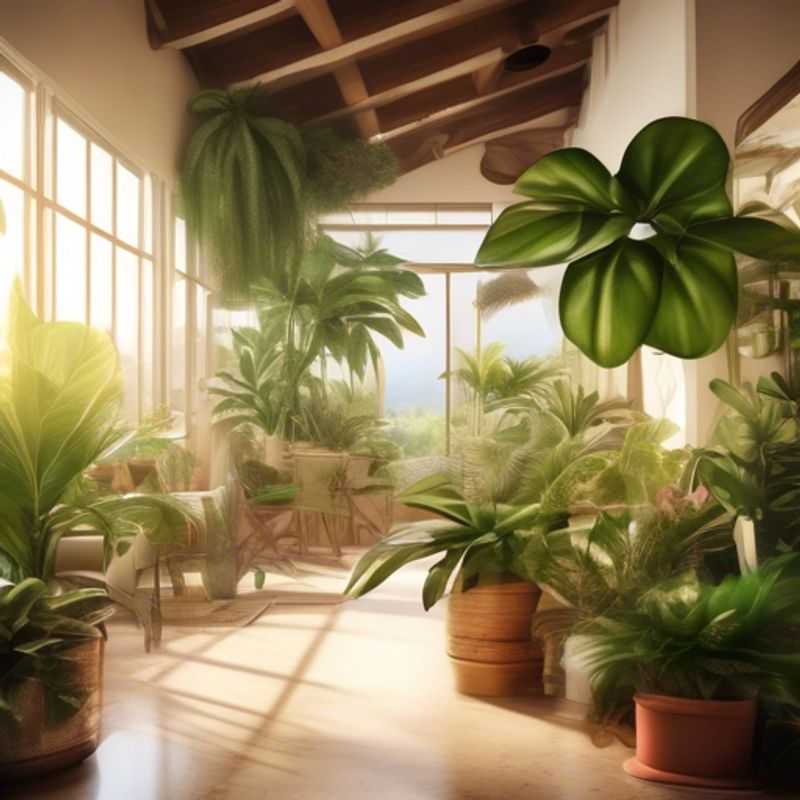
Drainage Decoded: Preventing Root Rot and Overwatering in Plants
Root rot and overwatering are common problems for indoor plants, but with proper drainage, you can prevent these issues. The key is ensuring that excess water can escape from the pot, preventing the roots from sitting in soggy soil for extended periods. Here's a simple guide to ensure proper drainage and keep your plants healthy:
Choose the right pot: Opt for pots with drainage holes at the bottom. This allows excess water to escape, preventing waterlogging. You can also use a cache pot for aesthetic purposes, but ensure the inner pot has drainage holes.
Use the right soil: Well-draining potting mix is crucial. Avoid heavy clay-based soils that retain moisture. Look for mixes specifically designed for indoor plants or add perlite or vermiculite to improve drainage.
Watering techniques: Water thoroughly, but allow the top inch of soil to dry out between waterings. Avoid overwatering, as it can lead to root rot. It's better to underwater than to overwater.
Inspect your plants: Regularly check the soil for moisture levels. If the soil feels consistently damp, adjust your watering schedule. Look for signs of overwatering like yellowing leaves, wilting, or a foul odor.
Consider drainage materials: Place a layer of gravel, pebbles, or broken shards at the bottom of your pot to enhance drainage. This creates a layer for excess water to collect, preventing direct contact with the roots.
Repotting: Repot your plants when they outgrow their current pots. This ensures adequate drainage and provides space for healthy root development.
By following these simple steps, you can significantly reduce the risk of root rot and overwatering, ensuring your plants thrive in their indoor environment.
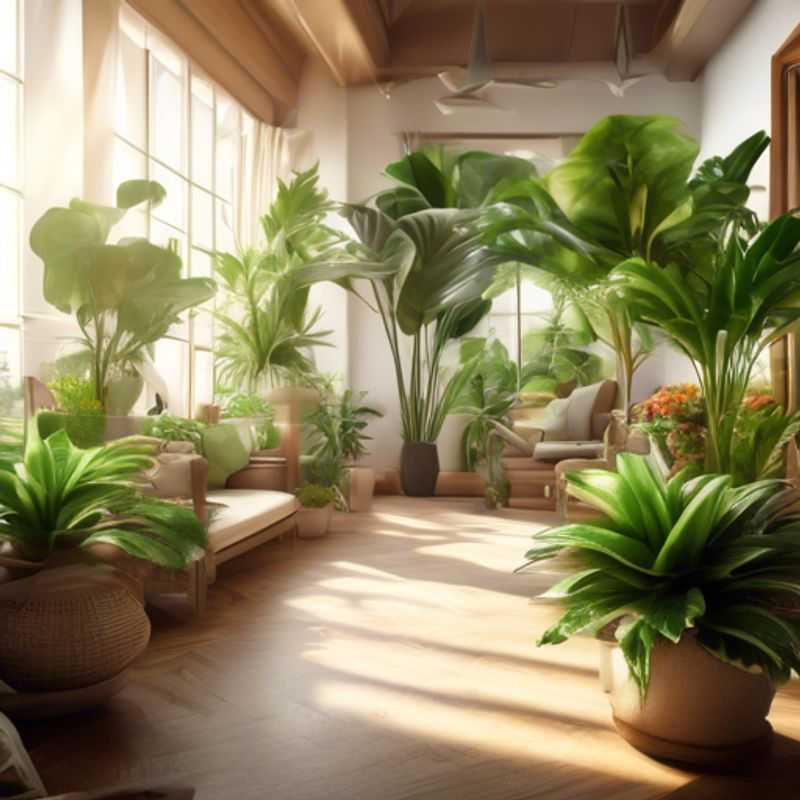
Green Thumbs Up: Familiarize Yourself with Common Pests and Diseases Affecting Indoor Plants
Keeping indoor plants thriving can be a rewarding experience, but they're susceptible to various pests and diseases that can threaten their health. Familiarizing yourself with common threats and how to address them is crucial for maintaining a flourishing plant collection.
Among the most prevalent pests are spider mites, tiny creatures that spin webs and suck sap from leaves, causing discolouration and browning. Mealybugs, small, white, cottony insects, attach themselves to stems and leaves, while aphids are tiny, soft-bodied insects that cluster on stems and leaves, sucking sap and excreting honeydew. Scale insects, appearing as hard bumps on stems and leaves, also feed on plant sap, causing yellowing and wilting.
Common diseases include root rot, a fungal infection that can affect the roots, leading to wilting and yellowing. Powdery mildew, a fungal infection, appears as a white, powdery coating on leaves, while leaf spot is characterized by brown or black spots on leaves, often caused by fungal or bacterial infections.
Early detection is key to successfully managing these issues. Regularly inspect your plants for signs of pests or diseases. Isolate affected plants to prevent spread. Consider using natural methods, such as neem oil or insecticidal soap, before resorting to chemical treatments. Maintaining proper growing conditions, including adequate light, humidity, and ventilation, can help prevent pests and diseases.
For specific information on identified pests or diseases, consult online resources or a local gardening expert. Regular monitoring and proactive steps will help keep your indoor plants healthy and vibrant.
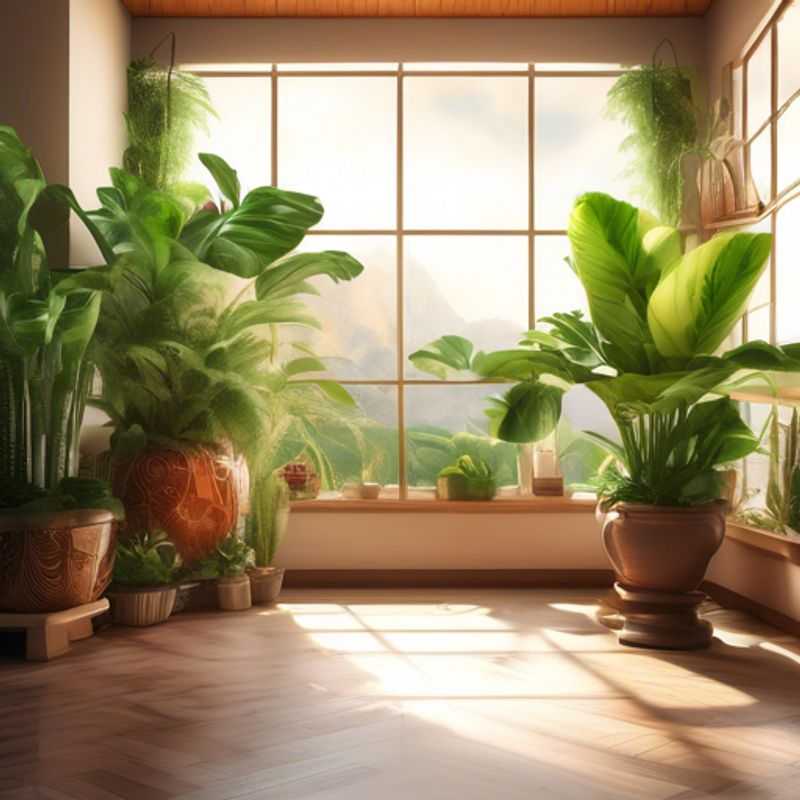
Cultivating Green Thumbs: Developing a Care Routine for Your Indoor Plants
Ah, indoor plants. A touch of nature indoors, right? But they're living beings, just like us, and need a bit of attention to thrive. Let's talk about a care routine. First, water wisely. Overwatering is a common killer, so let the top inch of soil dry out before giving it a drink. Secondly, light is key. Each plant has specific light needs, so research what your plants prefer. Too much or too little light can lead to unhappy plants. Next, fertilize regularly, especially during growing seasons. A balanced fertilizer will provide the nutrients they need. Now, check for pests. Regularly inspect your plants for any signs of pests, such as insects or mites. Deal with them swiftly! Finally, watch for signs of trouble. Yellowing leaves, wilting, or drooping can all indicate issues. Address these quickly to ensure your plants stay healthy and vibrant. Remember, consistency is key for happy, healthy indoor plants. And if you're ever unsure, don't hesitate to consult a gardening expert. They'll be happy to lend a helping hand!
